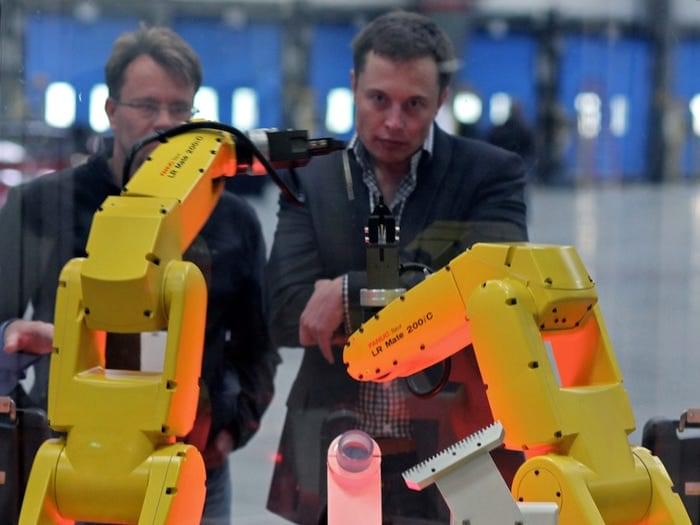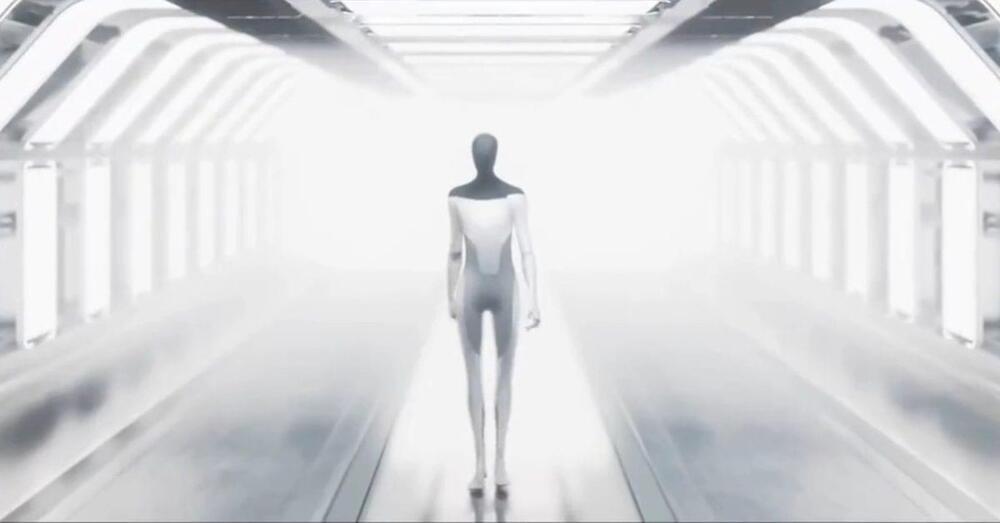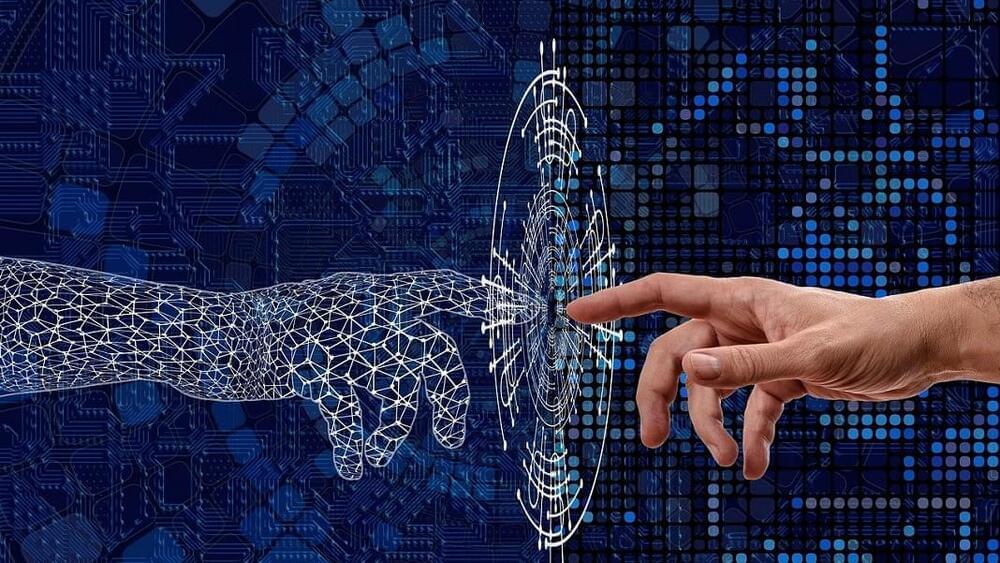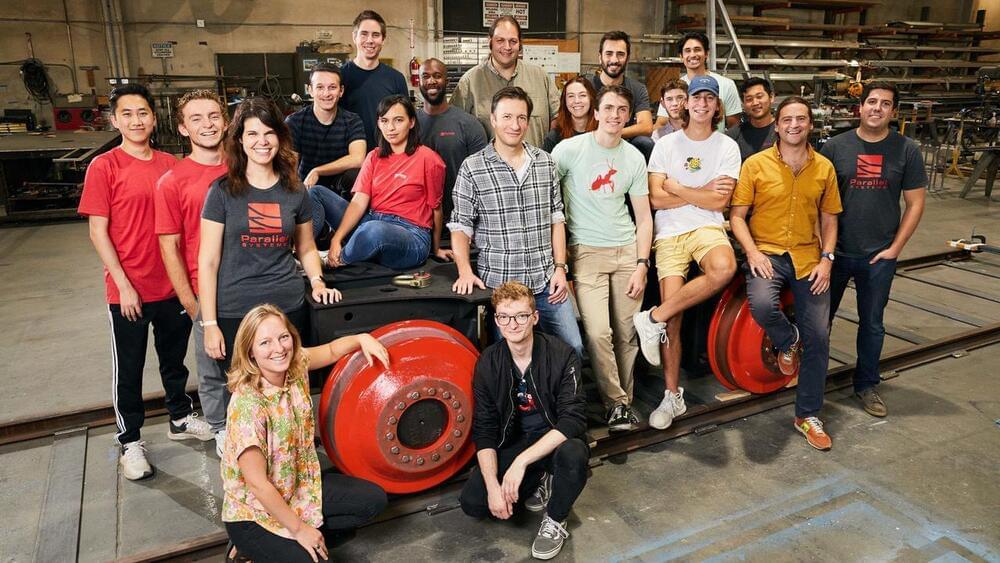Elon Musk: Tesla could play a role in Artificial Intelligence, decentralize Tesla Bot to avoid the scenario of Terminator.



Content warning: this story contains descriptions of abusive language and violence.
The smartphone app Replika lets users create chatbots, powered by machine learning, that can carry on almost-coherent text conversations. Technically, the chatbots can serve as something approximating a friend or mentor, but the app’s breakout success has resulted from letting users create on-demand romantic and sexual partners — a vaguely dystopian feature that’s inspired an endless series of provocative headlines.
Replika has also picked up a significant following on Reddit, where members post interactions with chatbots created on the app. A grisly trend has emerged there: users who create AI partners, act abusively toward them, and post the toxic interactions online.

Elon Musk announced that he is thinking about involving Tesla in the creation of Artificial General Intelligence (AGI).
He also added that he plans on decentralizing the control of Tesla Bot to avoid a Terminator-like scenario.
For a few years now, Musk has been pushing the idea that Tesla is the world’s leading company when it comes to real-world applications of artificial intelligence.
Autonomous vehicle maker Nuro has added external airbags to its self-driving delivery robots to protect pedestrians — but there’s reason to be skeptical about their effectiveness.
Drivers wanted: During the pandemic, more people started ordering their food, groceries, and other goods for delivery rather than venturing into stores and restaurants for them.
This has led to an increased demand for delivery drivers that companies have had trouble meeting.
Sandbox is the newest Quantum Computer company straight from Google which is focusing on the newly discovered Time Crystals which are posed to revolutionize computers in terms of efficiency and performance. Sandbox is separate from Google’s quantum computing team in Santa Barbara, and focuses on software and experimental quantum projects. The unit is currently led by Jack Hidary.
–
TIMESTAMPS:
00:00 Google’s Newest Project.
01:07 Google’s Goal with Quantum Computers.
03:29 Google’s New Company “SandBox“
04:35 What can it be used for?
07:41 Last Words.
–
#google #quantum #ai


Hoffmann La Roche.
Ms. Fanny Sie is the One Roche Head of Artificial Intelligence and Digital Health, at F. Hoffmann-La Roche Ltd. (https://www.roche.com/), a multinational healthcare company that operates in both the Pharmaceuticals and Diagnostics segments, and in 2021 was the world’s largest pharma company by revenue.
With her BS and MS from the University of Toronto, Ms. Sie is very focused on applications of Digital Health, and innovative techniques such as Artificial Intelligence, to generate actionable insights that may breed exponential improvements in both patient outcomes and economic development (https://www.roche.com/strongertogether/data-science-coalition.htm).
Ms. Sie has over 15 years of experience bringing new products and services to the healthcare market, including extensive experience as a clinician, researcher and business development professional in the area of medical devices, AI and analytics, and digital health assets.
Ms. Sie specializes in building meaningful and impactful health system transformations that leverage innovation and achieve fast and sustained growth for entrepreneurs and multinationals in the public and private sector.

Mile-long, slow-moving diesel trains loaded with cargo chugging slowly across the U.S. could be a thing of the past one day if stealth startup Parallel Systems has its way. The Los Angeles company thinks the future of freight lies in autonomous battery-powered trains that squeeze far more capacity out of existing rail lines.
Founded by a trio of former SpaceX engineers, including CEO Matt Soule, Parallel’s idea for smaller, flexible zero-emission trains pulling no more than 50 cars and operating with greater frequency than traditional behemoths that haul over 150 boxcars at a time caught the attention of tech-oriented venture firms, including Anthos Capital, Congruent Ventures, Riot Ventures and Embark Ventures. With their backing and from other investors, Parallel just raised $49.6 million to refine prototypes and software for its futuristic trains and, eventually, shift more freight hauling from trucks.
Full Story:
L.A.-based Parallel Systems, which just raised $50 million, thinks it can squeeze far more capacity out of existing rail lines.

After 22 weeks of data gathering.
The demonstration test of the world’s first fully autonomous ship navigation system was successfully carried out in Japan on January 17, according to a press release.
The large ferry has autonomously navigated over a 149 mile (240 km) stretch of Japan’s Iyonda Sea at the speed of 26 knots (30 mph or 48 kph) and also performed the docking procedures at the end of its voyage.… See more.
The Soleil, mounted with Mitsubishi’s autonomous ship navigation system has successfully completed its first demonstration.